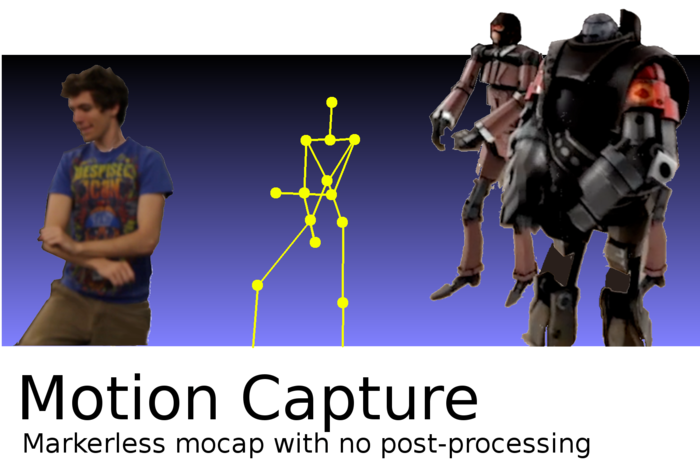It's the world's first point-and-shoot 3D camera. It's not a conventional camera, but it's like a camera - particularly when it comes to learning curve and ease of use. If you can use a point-and-shoot Nikon, you'll find the Lynx even easier to use. Instead of outputting 2D images, it produces 3D models of whatever you point it at.
It's a light, plastic device shaped like a tablet. It has specialized, front-mounted optics including a 640x480 color camera and a 3D sensor. On the front, there's a large, 14" color LCD screen for an instant and accurate view of imaging results. You can navigate your captured models using joysticks, just like a videogame controller. The device has a powerful graphics card for capture/render and high-capacity storage. The battery is good for four hours. It fixes the annoying stuff (bad battery life, small screens, costly storage) of conventional cameras.
Capturing with the device is really cool. From the startup screen, you can select from three features: scene modeling, object modeling, and motion capture. Each starts instantly and has a simple start/stop interface.
Scene modeling is more like a paintbrush. Scan surfaces around you and watch the 3D model get painted in the viewfinder. Scene modeling is more appropriate for large scenes because it stores the models in an extremely efficient manner.
Object modeling is like sculpting with a chisel. You walk around the object of interest and it slowly carves out a watertight 3D model of the object.
 Motion capture is like having a motion volume in front of your camera. Point the camera at an actor, press record, and just have the actor start moving around. When you press pause, the results are instantly ready.
Motion capture is like having a motion volume in front of your camera. Point the camera at an actor, press record, and just have the actor start moving around. When you press pause, the results are instantly ready.
With all 3 of these features, you can immediately output the files into the formats you currently use in your workflow including PLY, OBJ, STL, XYZ, JPS, BVH, and more.
One of the most disruptive features of the device is the price. If you cobbled together all the hardware and software you would need to accomplish these tasks, you'd end up dishing out a couple hundred grand. That's not accessible at all. The Lynx device sells for about the same price as a full-framed DSLR, making it a serious value for small outfits and innovators trying to break into these technologies.
[Source: Kickstarter]
